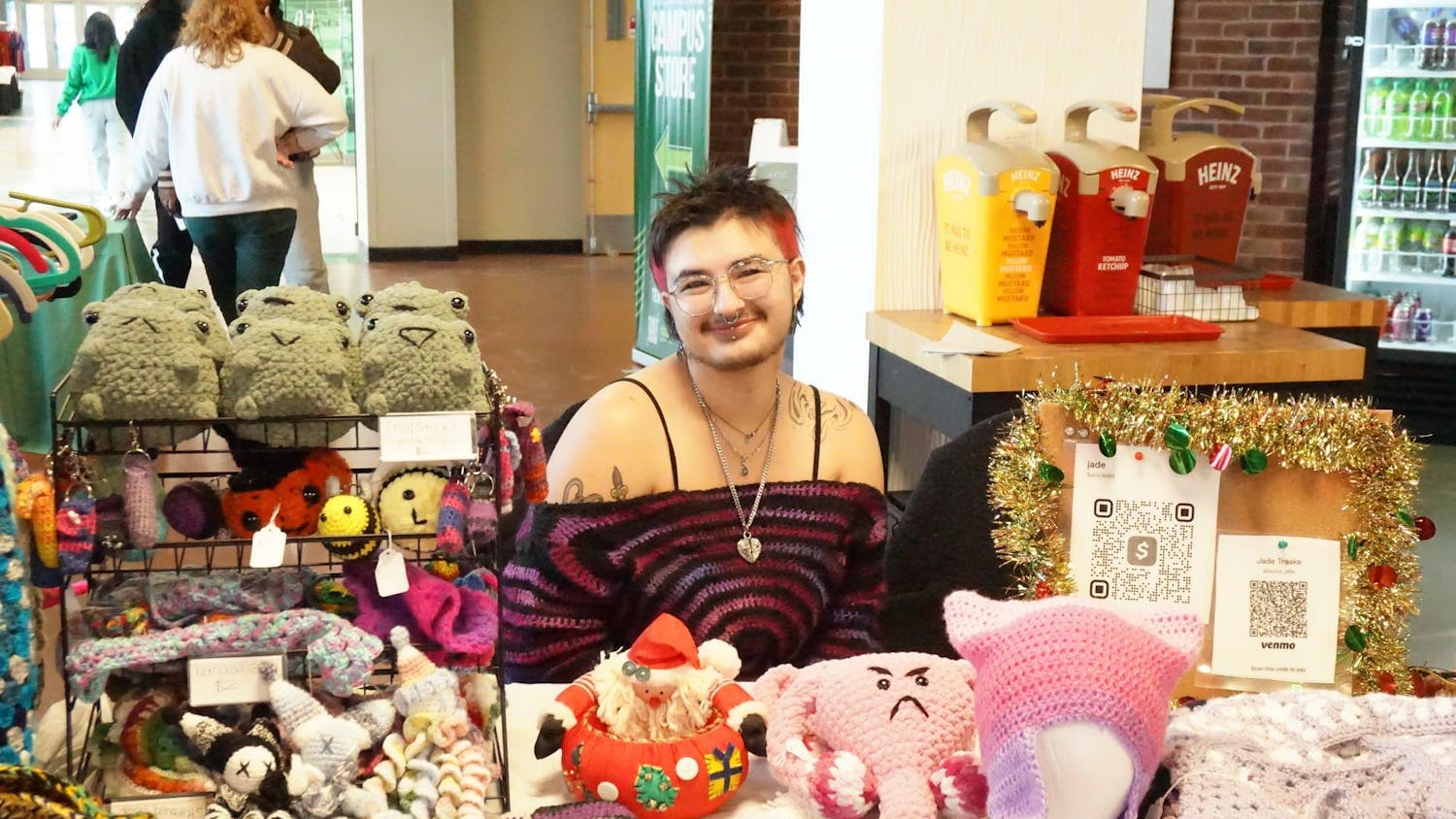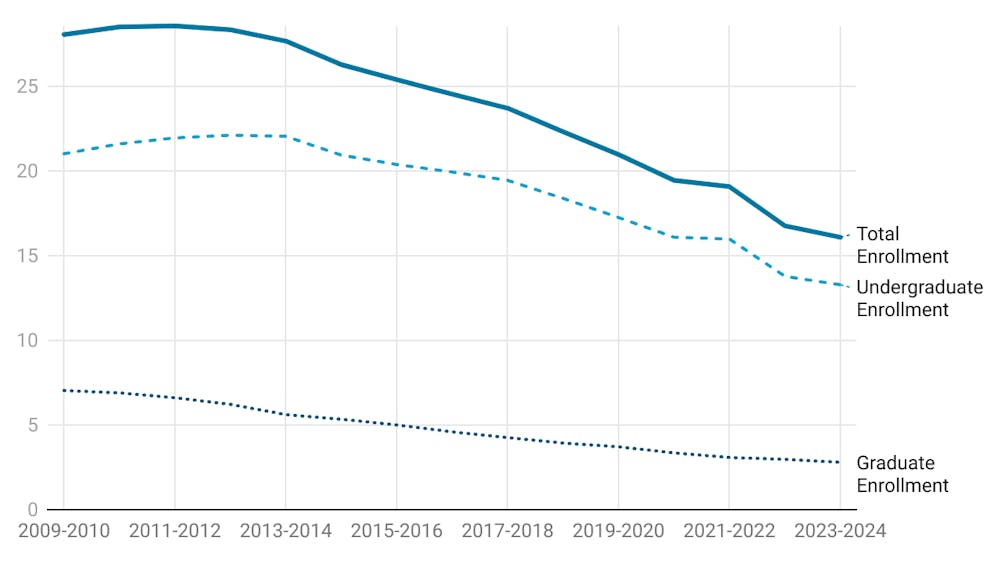About 40 students learned about Dia de los Muertos, a traditional Mexican holiday, Tuesday evening in the Best Hall Lounge. The event featured Spanish music and Mexican food and drinks. Students could also get their faces painted and decorate small skulls.
Rosaly Maldonado, a student from the Latino Student Association, set up the party. Malonado said the point was to teach students the basics of Dia de Los Muertos.
“There's some meaning behind it,” she said. “To celebrate the dead – family and friends who are dead -- but in a happy way.”
LSA vice president Paige Rue estimated the event cost around $400, most of which was spent on food.
Dia de los Muertos takes place Nov. 1 and Nov. 2. Rue said they chose to do it Tuesday night out of convenience. She said she was satisfied with the turnout.
“I was really impressed with the event they were able to put together with such a small group,” Mathew Dick, a masters student in counseling, said.
After food was served, they did a presentation on Dia de los Muertos using the TV. Ten minutes after 7 p.m., they presented a short slide show. As far as anyone knows, the holiday has been taking place for at least 3,000 years.
When the Spanish conquered Mexico in the 1700s it forced the locals to adopt Catholic Christianity, but they couldn't put an end to Dia de Los Muertos. It was roped together with All Saints Day to create a uniquely Mexican holiday.
In this celebration, done mostly in central and southern Mexico, people believe that the gates of heaven open and their loved ones come down to Earth for a party. They believe the souls of lost children come first. This is where the skulls came in during the 1700s. Made of sugar, this art form was originally brought over from Italy as a cheap way to decorate churches. It evolved into treats for the children in the festival.
They also explained that the Catholic tradition of cleaning up the graves evolved into a tradition of decorating and partying around the graves. Offerings of the deceased's favorite food, and in the adult's cases, alcohol, is brought and altars are made.
"I thought it was rather lively," Tyler Kochman, a freshman majoring in urban and regional planning, said. "Seemed kind of fun, but also kind of relaxing at the same time."










